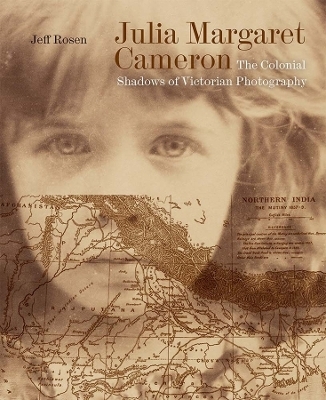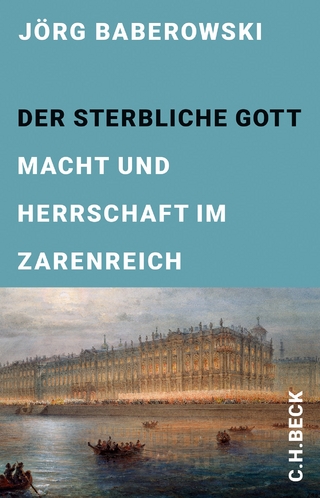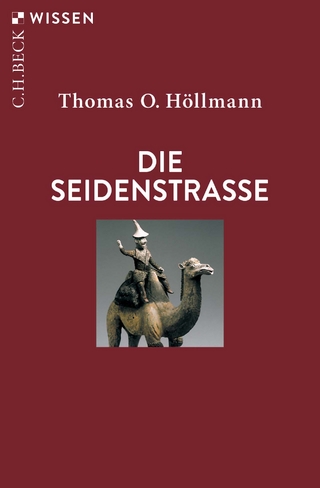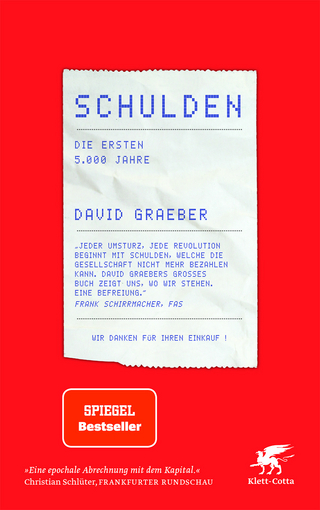
Julia Margaret Cameron
The Colonial Shadows of Victorian Photography
Seiten
2024
Paul Mellon Centre for Studies in British Art (Verlag)
978-1-913107-42-0 (ISBN)
Paul Mellon Centre for Studies in British Art (Verlag)
978-1-913107-42-0 (ISBN)
A bold new study of Julia Margaret Cameron’s Victorian photographs, charting the legacy of colonialism following the 1857 Indian Uprising.
Julia Margaret Cameron, the celebrated Victorian photographer, was a child of the colonies. Born in 1815 in Calcutta, she was the daughter of a governing official of the East India Company. After relocating to London in 1848, Cameron was embraced by other British expatriates and a celebrated cultural network. This circle included literary personalities like Thackeray and Tennyson, painters and critics associated with the Pre-Raphaelite Brotherhood, and political figures like Thomas Babington Macaulay and Lord Lansdowne.
In 1857, Indians rebelled against British rule, and in London, Cameron became absorbed by news of the Uprising. In the aftermath of the revolt, national and imperial politics transfixed England, some seven years before Cameron took up photography. The impact of those forces, and the inspiration of the literary, artistic, and political works produced by her circle, influenced her earliest imagery. Through close readings of these photographs, which she assembled in
photographic albums, this book exposes how Cameron embedded in her work a visual rhetoric of imperial power.
Distributed for the Paul Mellon Centre for Studies in British Art
Julia Margaret Cameron, the celebrated Victorian photographer, was a child of the colonies. Born in 1815 in Calcutta, she was the daughter of a governing official of the East India Company. After relocating to London in 1848, Cameron was embraced by other British expatriates and a celebrated cultural network. This circle included literary personalities like Thackeray and Tennyson, painters and critics associated with the Pre-Raphaelite Brotherhood, and political figures like Thomas Babington Macaulay and Lord Lansdowne.
In 1857, Indians rebelled against British rule, and in London, Cameron became absorbed by news of the Uprising. In the aftermath of the revolt, national and imperial politics transfixed England, some seven years before Cameron took up photography. The impact of those forces, and the inspiration of the literary, artistic, and political works produced by her circle, influenced her earliest imagery. Through close readings of these photographs, which she assembled in
photographic albums, this book exposes how Cameron embedded in her work a visual rhetoric of imperial power.
Distributed for the Paul Mellon Centre for Studies in British Art
Jeff Rosen received his PhD in art history from Northwestern University. A former college professor, university dean, and vice president of higher education policy, he is now a Scholar-in-Residence at the Newberry Library, Chicago.
Note to the Reader
Prologue: ‘Arthur’s First Wound’
Introduction: Narrating History
Ch. 1 Empire’s Children
Ch. 2 Enchanted Palace
Ch. 3 Letters to Juley
Ch. 4 Galahad’s Homecoming
Ch. 5 An Indian Prince in London
Ch. 6 Blood of the Fathers
Ch. 7 Triumph and Mourning
Ch. 8 Betrayal and Atonement
Ch. 9 Paterfamilias
Conclusion: Reclaiming ‘Iago’
Acknowledgements
Index
| Erscheinungsdatum | 29.05.2024 |
|---|---|
| Zusatzinfo | 101 color + b-w illus. |
| Sprache | englisch |
| Maße | 216 x 270 mm |
| Themenwelt | Kunst / Musik / Theater ► Fotokunst |
| Kunst / Musik / Theater ► Kunstgeschichte / Kunststile | |
| Geisteswissenschaften ► Geschichte ► Allgemeine Geschichte | |
| Geschichte ► Teilgebiete der Geschichte ► Wirtschaftsgeschichte | |
| Sozialwissenschaften ► Soziologie ► Gender Studies | |
| ISBN-10 | 1-913107-42-6 / 1913107426 |
| ISBN-13 | 978-1-913107-42-0 / 9781913107420 |
| Zustand | Neuware |
| Informationen gemäß Produktsicherheitsverordnung (GPSR) | |
| Haben Sie eine Frage zum Produkt? |
Mehr entdecken
aus dem Bereich
aus dem Bereich
Macht und Herrschaft im Zarenreich
Buch | Hardcover (2024)
C.H.Beck (Verlag)
49,90 €


